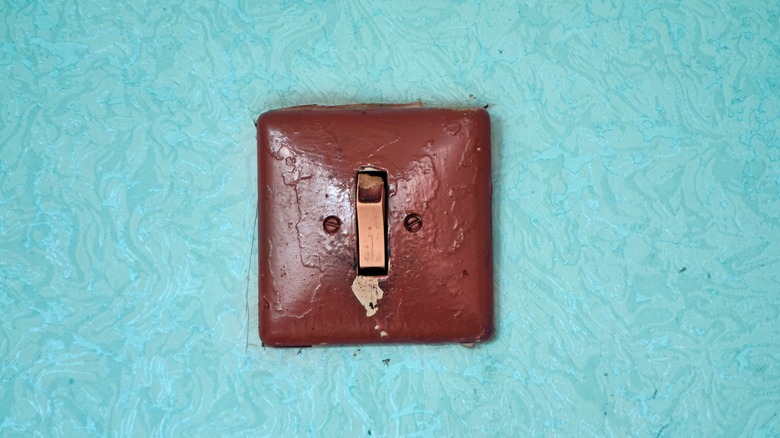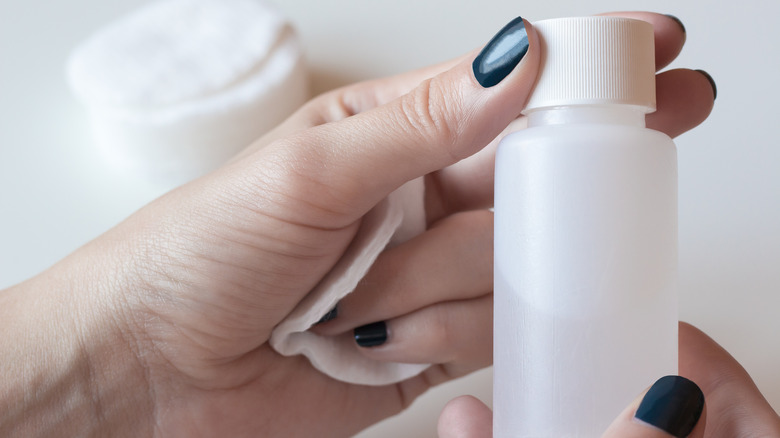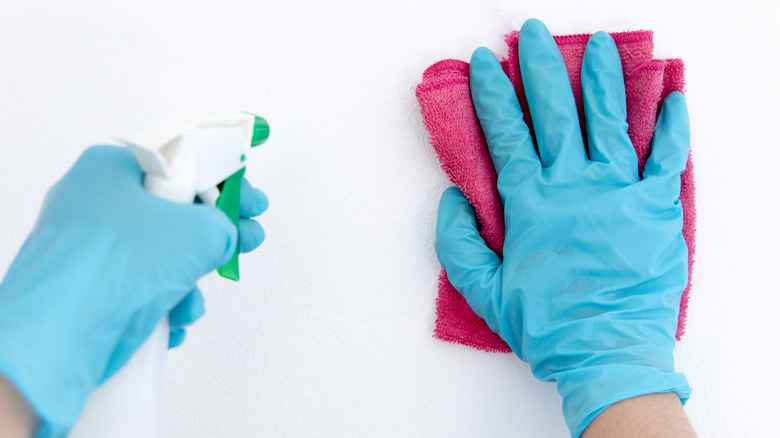How To Remove Paint From Plastic Surfaces
When painting a room, unwanted drips and overspray on plastics are sometimes inevitable, and you know how hard it is to live with them. No matter how flawless the paint on your walls looks, those out-of-place spots on plastic surfaces, such as ceiling fans, switch covers, handles of gadgets, or bathtubs, will always make you restless until you get rid of them. If that is your current situation, fret not. Plastics are nonabsorbent and typically quite smooth, so you should be able to eliminate the problem quickly.
However, you must employ the correct methods and materials because a wrong choice can lead to uglier patches and possibly costly replacements. For example, strong solvents like acetone can cause reactions that permanently mar your plastic surfaces. As such, you need to understand when and how to use different materials like soap, rubbing alcohol, vinegar, vegetable oil, a paint scraper, and thinners to remove paint from plastics effectively.
How to get rid of fresh paint
The best time to remove paint from a plastic surface is when an accident occurs. This is because wet paint takes less time and effort to remove. Mix some soap and warm water; you can use any type of soap, but liquid varieties work better. Then submerge your plastic item in the water and wait briefly before you start rubbing. The only challenge with this method is that you can't soak electronics and large objects. However, you can rub them with a soapy sponge until the paint clears, then dry them off with a clean cloth.
If that method doesn't work, the vegetable oil or distilled white vinegar idling in your kitchen cabinet might come to the rescue. The only limitation of using oil is that it is more effective on oil-based paints since it's less potent than other solvents. Nail polish remover can also do the trick if all the above methods fail. However, clean and remove it as soon as the paint has been dealt with since it's a more powerful solvent.
Effective ways of removing dried paint
Dried paint can be tricky to remove, but don't rush to use highly potent solvents since they may harm your plastic surfaces. Go easy on them by trying any of the methods we've already discussed before trying a different approach. If those fail to remove the paint, a paint scraper should be next in line. Since it might cause damage if used vigorously, apply pressure gently and start sliding it from one edge.
For stains that give you the most headaches, rubbing alcohol is a decent option that's usually far less caustic than a harsh paint thinner. For maximum efficiency, choose the most concentrated formula at your disposal. However, unlike other methods, some extra caution should be exercised here. Wear a face mask to avoid breathing in dangerous fumes that can cause nausea and dizziness. In addition, wear gloves while working with this solvent. An important thing to note is that your efforts to use alcohol on oil-based paints may be unfruitful. The alternative in such a case should be thinner — preferably one that's odor-free. However, don't leave this on plastic surfaces for too long, as it can cause permanent damage.


